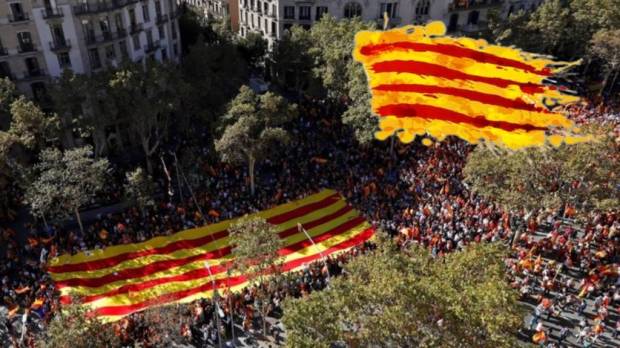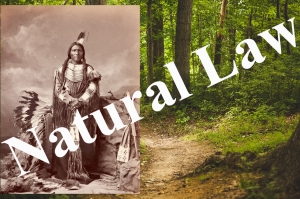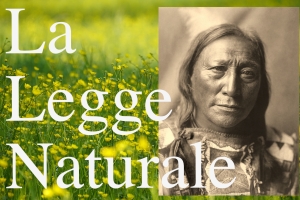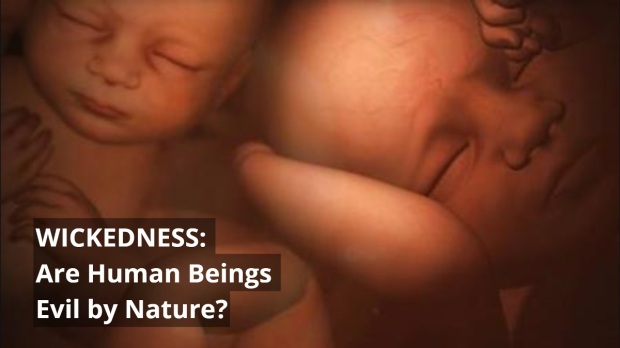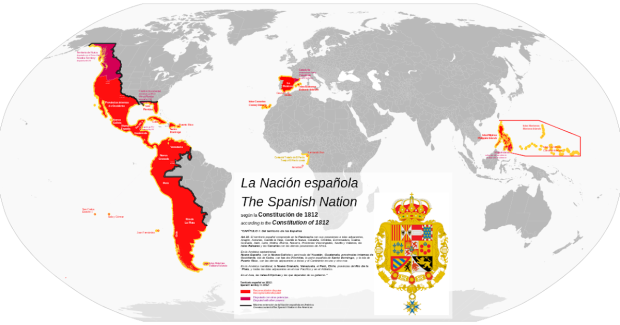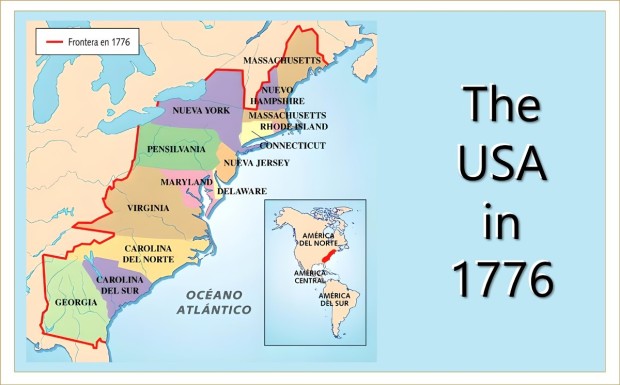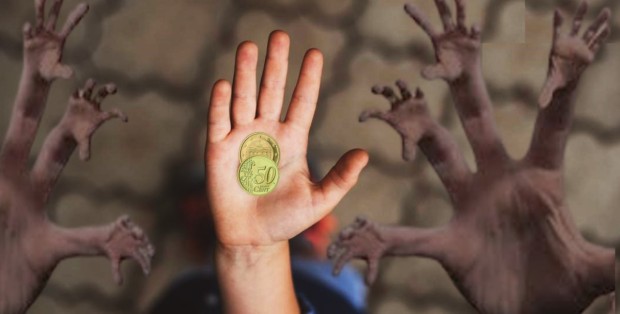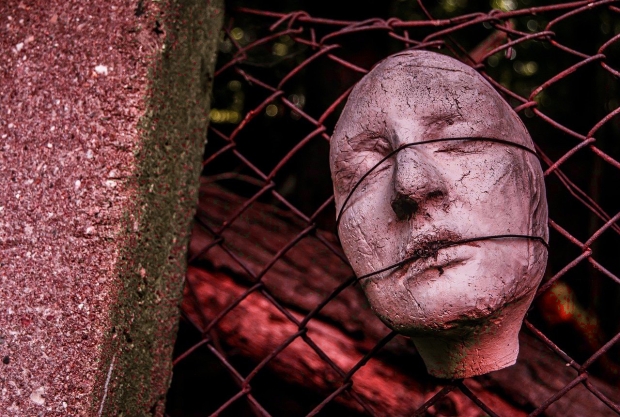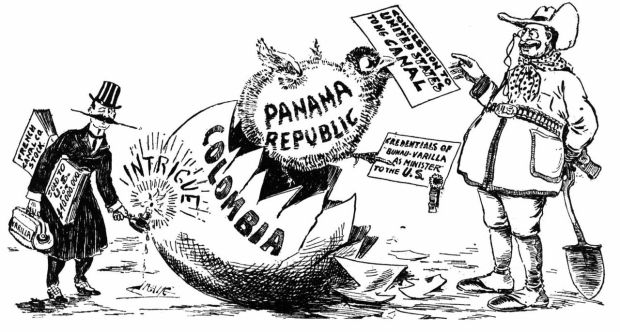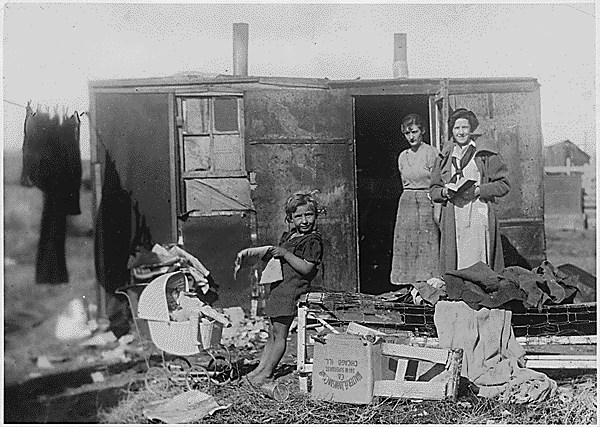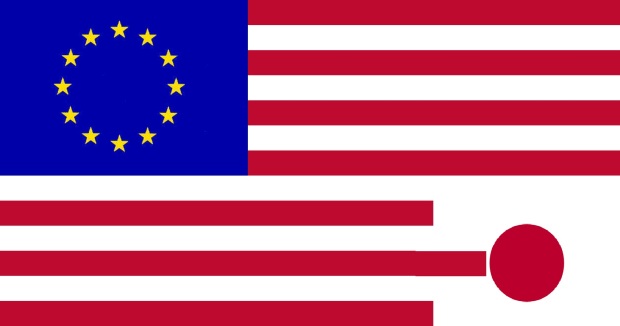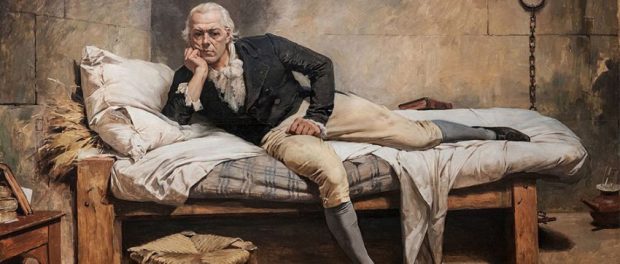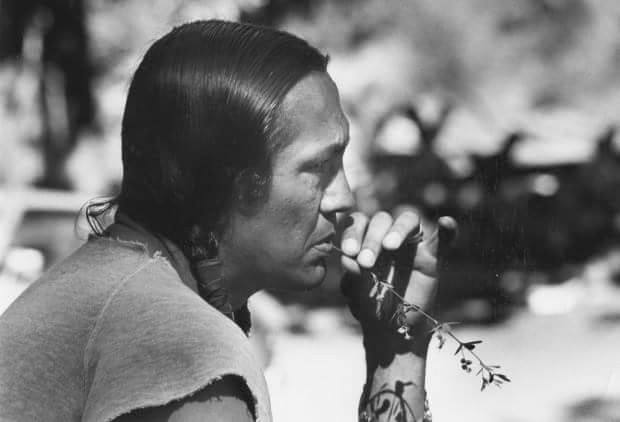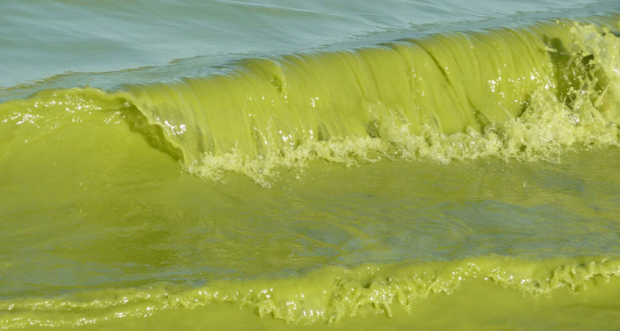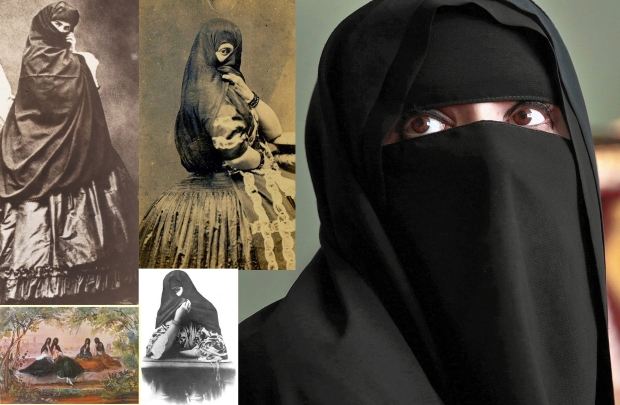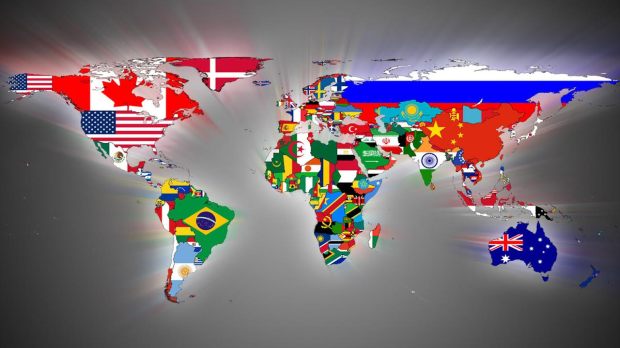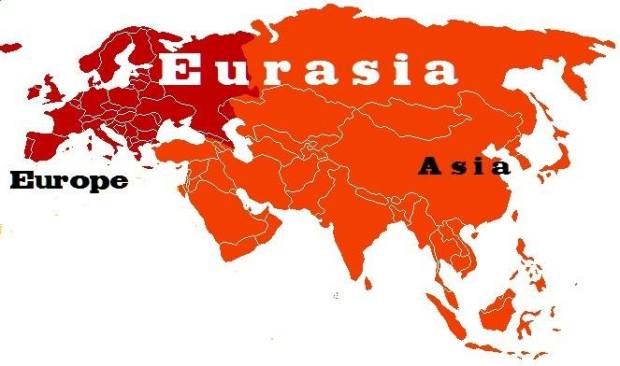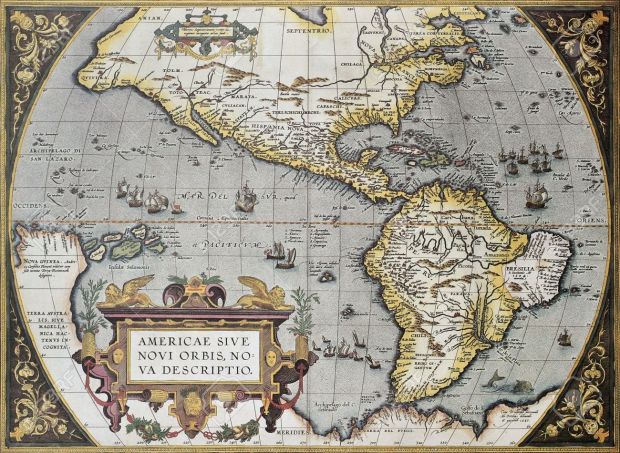The union between the Kingdoms of Castile and Aragon.
KBNBWorldNews tells you the truth, support it: click to donate. WE NEED YOUR SUPPORT
By Katia Novella Miller
REPORT. It is widely believed that the union between Castile and Catalonia which gave birth to contemporary Spain started on the 19th of October 1469, when Ferdinand King of Sicily and heir to the throne of Aragon, and Isabella, heiress of Castile, were married in a private residence in Valladolid. A decision that was made after meticulous unromantic consideration by both parties, though a tale apparently suited to a romantic novel.
They were the famous Catholic Kings that finalized the re-conquest of the Iberian Peninsula from the Muslims and financed Cristopher Columbus’ expeditions.
Their wedding story goes like this: a few days before the 19th of October, ”the eighteen-year-old Isabella, threatened with arrest by her brother Henry IV of Castile, was rescued from her home at Madrigal by the Archbishop of Toledo and brought to a city where Ferdinand, a year younger than her, had arrived only a few days earlier after a more audacious journey. Accompanied by a handful of attendants disguised as merchants, he had travelled from Zaragoza by night and escaped death from a stone hurled at him in order to meet, for the first time, his bride, four days before the ceremony.

The couple were so poor that they were compelled to borrow money to meet the expenses of their wedding and since they were married within prohibited degrees, they required, and dully obtained, a papal bull of dispensation which was later discovered to be a spurious document concocted by Ferdinand’s father the King of Aragon John II, the Archbishop of Toledo and Ferdinand himself,” tells British historian John Elliott in his book Imperial Spain, 1469-1716.
And obviously there was a reason for all this. Many people were anxious to prevent the ceremony from taking place: the King of France, the King of Spain Henry IV known as the Impotent (who was Isabella’s half-brother), the Castilian grandees, and Portugal’s monarchy. All of them were interested in the future bride in order to make a political alliance with Castile and increase or preserve their power. The same reasons why Isabella and the Aragon’s reining family pushed forward with their own plan.
Luis XI of France saw a grave threat to his own country and his expansion plans on the Aragonese territory in a union of the reigning houses of Castile and Aragon and instead wanted Isabella to marry his son Charles of Valois. Powerful Castilians were also opposed to such a matrimonial alliance because it would strengthen the crowns authority in Castile and instead were relying on the cause of Henry the IV’s daughter, Juana la Beltraneja, (Isabella’s niece) whose paternity was doubtful. And Isabella’s half-brother wanted to marry her with Alfonso V of Portugal to strengthen that Atlantic alliance.
At this time Spain was divided into three Christian crowns: Castile, Aragon and Portugal – which became an independent Kingdom in 1139, when Alfonso Enrique, Count of Portugal, proclaimed the independence of his fiefdom from the Kingdom of Leon, one of the oldest kingdoms of the area situated in the northwest of the Iberian Peninsula
Ferdinand and Isabella’s marriage was the result of a decision partly made for them, partly made by themselves. John II of Aragon’s agents were very active in Castile and the Pope was using his good efforts on Ferdinand’s behalf. It seems that also prominent Jewish families both in Castile and Aragon were hopping to improve the situation of Castilian Jewry by working for Isabella’s marriage to the prince who he himself, through his mother, had inherited Jewish blood.
Little is known about how Isabella reached her matrimonial decision. But ”it’s very likely that, although so young, Isabella made her own choice, a choice that must have seemed the most desirable for her greed and love of power. John II of Aragon and his son Ferdinand were in no position to bargain, therefore she could expect to dictate a settlement on her own terms” concludes Elliott. ”The marriage contract was clear in this: Ferdinand was to live in Castile and fight for the Princess’s cause and he was to take second place in the government of the reign” while he was going to keep authority with the Crown of Aragon. ”The terms were probably humiliating, but refusal was out of the question. The prize seemed great to Ferdinand as his necessity was urgent and Isabella knew she could count on the political expertise of Ferdinand’s father as she needed all the help she could get” to fight against her niece, the alleged daughter of her half-brother, and her supporters.
Concurrently, the Kingdom of Aragon, in which the most important city was Barcelona, was experiencing a very difficult phase. John II of Aragon and Count of Barcelona, Ferdinand’s father, was now faced by revolution in Catalonia for succession reasons and its kingdom was experiencing political turbulence and a deep economic downturn. He was struggling to keep Aragon’s possessions in the Italic peninsula and islands and was faced by the grapple against the Republic of Genoa for the dominance of the Mediterranean trade. He also had to contend with the fight between the Catalan upper and middle urban classes, and by a devastating countryside crisis due to a severe population decline, a consequence of the plague, that had hit the fields hard. Farmers and peasants – probably the largest part of Catalan population – were revolting against Catalan nobles and the aristocracy against the King. In addition, John II was faced by the expansionist ambitions of Louis XI of France. ”With inadequate resources to meet the threat on his own, his best hope lay in the assistance of Castile: and this could be best achieved by a matrimonial alliance and securing it became the principal object of Ferdinand’s father’s diplomacy” relates Elliott.
The crucial months came between 1468 and 1469, when Henry IV of Castile, after an agreement with his half-sister, in which he recognized Isabella as heiress to the throne, determined to marry her with the King of Portugal, but in 1469 she got married to Ferdinand of Aragon. At that point Henry IV tried to retract his agreement, but it was too late. As a consequence the first years of their marriage were spent fostering Isabelline sentiment among the people and towns and attempting to secure reconciliation with the King. And as soon as her half-brother Henry IV died in 1474, Isabella proclaimed herself Queen of Castile.

Aragon’s economic crisis: the Catalan upper class versus the Catalan people. While most of the crisis factors during John II’s reign – and later Ferdinand’s – concerned the fights for power among the rich and powerful there was undeniably a class war going on too. In urban areas craftsmen, middle and smaller merchants were struggling to gain municipal control in order to enforce the rights, freedoms and customs granted to the people of Barcelona and obtain monetary devaluation and protectionist measures against the Ciutadans honrats, the urban aristocracy, and some rich merchants who lived and acted as the nobles, the upper bourgeois. In the countryside the situation was even more dramatic. The Kingdom of Aragon was particularly hard hit by the Black Death that severely decimated the country’s population creating an acute manpower drop in rural areas. It is reckoned that between 1347 and 1497 Catalonia lost 37% of its population. This deeply affected not only rural people, but the food supply and the finances of the Catalan nobility and upper classes who did not want to renounce their privileges and as a result were eager to impose a harsher burden on farmers and peasants with the reintroduction and reinforcement of the so called Evil Customs in order to avoid a decline in their living standards.
The Evil Customs obligations were related to the Ius Maletractandi, the feudal rights approved by the Catalan Court a century earlier. They provoked many farmer and peasant uprisings in the countryside as people already hardly stricken by plague, death, scarcity of food and poverty had also again to deal with the pretensions of the aristocracy.
In the beginning John II of Aragon’s proclivity lay on the side of the craftsmen, small merchants and the peasantry, principally because he was often in conflict with the interests of the nobility, but in the end the Catalan aristocracy won out and the king was practically forced to sign the Capitulation of Vilafranca which ceded power to the richest. Barcelona’s historian Carme Battle i Gallart wrote that from then on ”Catalonia remained in the hands of the noble and urban oligarchy which would act against the peasantry and the interests of the petty bourgeoisie.”
The Evil Customs (Mals Usos in Catalan) enforced in the Kingdom of Aragon – and other parts of Europe – heavily penalized inheritance among peasants and the farmers’ freedom to leave feudal lands without paying redemption to the Lord, a custom (‘law’) that also affected their wives and especially their children. Among other things the Evil Customs provided the Lords the legal right of confiscating the goods of a couple when a wife was found guilty of adultery: half of the goods when the woman had the consent of her husband, the whole if she didn’t, established rules for producing goods, food and also contained a provision of arbitrary free labor services, like the obligation for women to become wet-nurses for the Lord’s children, among other inhumane and humiliating rules of servitude.
Today many Catalans idealize the bygone Kingdom of Aragon and believe that Catalonia was and would be a better place to live in if it obtains sovereignty and is ruled by Catalan leaders but the class wars between rich and poor during the Kingdom of Aragon should demonstrate to them that those ideas are not only false but also internalized independence propaganda.
The reign of the Aragon-Trastámara. At school we are taught that the union between Aragon-Catalonia and Castile and the consequent birth of Spain happened with the Catholic Kings, but many Catalans point out that the union and ‘ruin’ of Catalonia commenced a little bit earlier, when a Castilian dynasty, to which Ferdinand the Catholic belonged to, started to rule in Aragon. In part it’s true, but only partly.
The medieval paternal line of the Kings of Aragon from the House of Barcelona had come to an abrupt end in 1410 with the death of Martin I the Human. Before dying, he tried to legitimize his illegitimate grandson but could not find political support among Aragon’s elite. Following his death, and for two years, six claimants competed for the throne. In 1412 the problem of succession was settled by the Aragonese institutions with the Compromise of Caspe, which placed on the throne a branch of the Castilian house of Trastámara. From the time of the accession of Ferdinand I d’Antequera in 1412, Ferdinand the Catholic’s grandfather, the neighboring crowns of Castile and Aragon were ruled by two branches of the same Germanic-Castilian dynasty. But Ferdinand I was not unrelated to Aragon, he was the son of the deceased Martin I’s sister, Eleanor of Aragon, Queen of Castile by marriage. Ferdinand of Trastámara was the closest relative to the dead king and was chosen by the Aragonese elitist institutions according to the rule of law so loved and overestimated by Catalan independentists. Undeniably, to assert that he was a complete foreign agent to the Aragonese dynastic family sounds awkward and sexist today as much as focusing on dynastic historical factors and medieval institutions should sound reactionary.
Was the Castilian Trastámara such a bad thing for the Catalan and Aragonese peoples? Well, history – like our contemporary societies – shows us that the super-rich ultimately think about their own well-being in order to keep their privileges and comfort which would be lost without those economically below. But the answer to such a question depends on which side you’re on. For example analyzing what happened in the Kingdom of Aragon during the nobility wars against the farmers and the petty bourgeoisie, the answer would be a mild no. In fact the Aragonese Trastámara opposed the requests of the local nobility who wanted a return to the Evil Customs enforcing a harsher servitude to the people – abuses that started in Catalonia – and in other places of Europe – long before, in the first decades of 1000 AD, during the so called feudal revolution, when the local aristocratic ruling class decided to seize the lands of the farmers and subdue them to servitude.
HELP US GROW. If you respect and value this work, please consider supporting our efforts with a donation. KBNB WorldNews relies on contributions from its readers to do its work. Support good independent journalism and contribute to create a better world: ➡︎ MAKE A DONATION OR FIND OUT HOW YOU CAN CONTRIBUTE .
Before John II of Aragon’s reign, there were attempts by the royal court to eliminate this system but they were opposed by the Catalan and Aragonese aristocratic class. Their determination to prolong these rules of servitude was partially frustrated later by John II’s son, the famous Catholic King Ferdinand II of Aragon, with the Sentencia Arbitral of Guadalupe although for the farmer and peasant in reality there was little to be happy of as they had to remunerate the lords for freeing themselves and their families from many of those customs. Nonetheless Ferdinand II of Aragon abolished the right to mistreat peasants and many other minor landed abuses. Therefore if we focus and care about the wellbeing and the interests of the people, we clearly can see that the Aragonese Trastámara were ‘more benevolent’ with them (the people) than the Aragonese and Catalan aristocracy, even if mainly because of their conflictual relationship with the Aragonese aristocrats who were always struggling to limit their power.
The Kings and the Nobles: a huge, big family. Throughout history, one of the major characteristics of the European aristocracy has been the way they have used marriage to form political alliances with other kingdoms, countries or royal families. In this context the presence of ‘foreign elements’ inside dynastic families has always been a common and normal practice. Due to their contempt for the plebs (don’t forget that we would today say ‘the people’), the idea of status and blood, and because of their will to keep the power for themselves, Medieval European dynastic families, and the nobility as a whole, were marrying only among themselves and the Kingdom of Aragon was no exception. Peter IV of Aragon married Leonor of Sicily, James I of Aragon married Isabel of Castile and later with Violante daughter of the King of Hungary, Alfonso II of Aragon, first king of the House of Barcelona, married Sancha of Castile, just to list a few. Furthermore, but not less important, neither of these ruling dynastic families ruling over Aragon – and Castile – were ‘precisely’ originally from there.


Origin of Catalonia and Aragon. After the fall of the Roman Empire due to the invasions of the barbarians, new Germanic Kingdoms arose in the Iberian Peninsula and in what was the Western Roman Empire. Most of the Iberian Peninsula and Southwestern France was taken by the Visigoths who after a few centuries were invaded by the Muslim Umayyad Family. When the Germanic Franks (1) who were ruling in Northern and Central France considered the presence of the Muslims a risk for themselves, they decided to support the creation of a zone between them and the Islamic Caliphate: the Marca Hispánica which became the southernmost territory of the Carolingian (Frankish dominated) Empire. Ruled by Frankish vassals, the Marca Hispanica later became the Kingdom of Aragon when local Frankish leaders (Counts) decided to declare their independence from the Carolingians. This is what is believed to have happened in the County of Barcelona in 987 AD.


Why it is called Kingdom of Aragon instead of Kingdom of Catalonia? Some historians call it the House of Aragon to indicate a dynasty that started with Ramiro I, a member of the Ximenez or Jiménez dynasty who established the autonomous County of Aragon which would later become the Kingdom of Aragon (1035-1707 AD). The Ximenez family ruled the oldest Kingdom of Pamplona (824-1162 AD) and very likely was – exceptionally – a Basque-Iberian dynastic family. They ruled over different areas, including Castile, while the territory of Catalonia remained under the rule of the Frankish Counts.


The ruling House of Barcelona descended instead from the Bellonids, who were the counts descended from the Goth Belló who governed parts of current Southern France and Catalonia in the 9th and 10th centuries. Wilfred the Hairy, his most famous grandson, founded the House of Barcelona and ruled over the county since 878 AD. About one hundred years later the Kingdom of Aragon and the House of Barcelona united.
In 1137, 37 year-old Ramon Berenguer IV Count of Barcelona married Petronilla of Aragon, who was 14, and the County of Barcelona and the Kingdom of Aragon were unified under a single dynasty, creating what modern historians call the Crown of Aragon thus starting the rule of the Dynastic House of Barcelona.
Let’s be clear. Except for the Ximenez or Jiménez family, which very likely was originally a Basque-Iberian family, the Trastámara and the house of Barcelona were Capetian Frankish (Germanic) dynasties. The Trastámara belonged to the House of Burgundy, a cadet branch of the Capetian dynasty descending from a younger son of Robert II of France: among the largest and more powerful families ruling over Europe. It’s important not to forget that we are talking about the ruling classes: the population substrata in Aragon, Valencia and Catalonia (in other words the Kingdom of Aragon), as in Castile, were composed by all ethnic and cultural groups who had been living there along history.
When did the Catalans start to consider themselves Catalans? A distinctive Catalan culture possibly started to develop in the Middle Ages under the rule of the Franks. Some scholars suggest, without being able to prove it, that since the VIII century a Catalan language existed. What is certain is that the first text completely in Catalan was the Greuges de Caboet, written between 1080-1095. However the first reference to Catalonia and the Catalans appears in the Liber maiolichinus des gestis Pisanorum illustribus, a Pisan chronicle of the conquest of Menorca from the Muslims by a joint force of Italics, Catalans and Occitans written around 1120 AD.

Dislike and Spanishness. Interestingly, whilst it seems that ”there was, even by then, a mutual antipathy between Castilians and Catalans, there was also an intellectual aspiration towards union. Although nationalisms were strong, growing contacts with the outer world gave natives of the Iberian Peninsula a feeling of being Spaniards,” writes John Elliott. German historian Richard Konetzke has remarked that the word Hispania (2) was in current use throughout the middle Ages to describe the Iberian Peninsula as a geographical unit. Natives of medieval Aragon and Valencia thought of themselves, geographically speaking, as inhabitants of Spain, and fifteenth-century sailors, although coming from different parts of the peninsula, would talk about ‘returning to Spain.’ ”In certain limited circles there also existed an historical concept deriving from the old Roman Hispania: a vision of a time when the peninsula was not many provinces but two united beneath the rule of Rome. This concept of Hispania was particularly dear to a humanist group gathered around Cardinal Margarit of Gerona, Chancellor of Ferdinand’s father, John II of Aragon, in his later years,” relates Elliot.
Catalans maintained their political organization and traditions for a few centuries yet. The three generations of the Trastámara who ruled over the Kingdom of Aragon respected Catalan institutions and customs, even if it is true that since Ferdinand II of Aragon, consort of Isabella of Castile, the center of attention became Castile, also due to Columbus’ “discoveries,” and while Castile’s fame and economy boomed, the Kingdom of Aragon declined. But it was not the Aragon-Trastámara who followed the dynastic houses of the Aragon-Pamplona and the Aragon-Barcelona, who put an end to Catalan customs and institutions, nor the Germanic-Austrian Habsburgs that ruled over Spain and its empire since 1500 AD, but another Frankish-Capet dynasty: the Bourbons, another branch of the House of France. It was in fact in 1716 when the Bourbons, kings of Spain until today, embraced the French monarchical model and abruptly terminated the traditional semi-autonomous status of the Catalans.
Notes:
1- The Franks were one of the Germanic peoples that invaded the Western Roman Empire. They settled in Septentrional and Central France, where they founded their kingdom. They were part of this Germanic tribal group – directly – both the dinastic House of Barcelona and the House of the Borbouns, current kings of Spain. And also the House of the Trastámara, who originally belonged to the Germanic tribe of the Burgundians, later on annexed by the Franks.
2- Hispania is the name given by the Romans to the Iberian Peninsula, today shared by Portugal and Spain.
Share this this report! ⬇︎
RELATED ARTICLES: Nice, France? Nationalisms, a XIX Century Creation – Europe’s Short Memory. When History is Written by Invaders – When a Niqab meant Freedom: las Tapadas, an old Non-Islamic Tradition – Francisco de Miranda’s Inca Federation, the dream of Hispanic American Unity after Independence from Spain – I’m American too! Are you sure? The History of the Name of America
WAIT, DON’T GO! Writing the truth is dangerous. If you value our hard work, please consider supporting our efforts sharing our article and with a donation (below).
Google, Facebook, Instagram, Twitter… are trying to silence independent media fighting for the truth and a better world. Enter your e-mail and click to subscribe to get our reports in your inbox

Follow us! We are on the main social networks, Facebook, Twitter, Instagram, VK and Telegram (KBNBWorld). You can also follow as on our new video channels: BitChute, UGETube or You Tube.
Cover image by Diana Balderrama. Published images are mostly taken from the Internet and considered public domain. If an image infringes copyrights please send an e-mail to kbnbworldnews@gmail.com and it will be immediately removed. Thank you. KBNBWorldNews is a Non-Profit News Organization.
Contact with the editorial office: kbnbworldnews@gmail.com
Media: Republishing Guidelines
KBNBWorldNews Copyright
